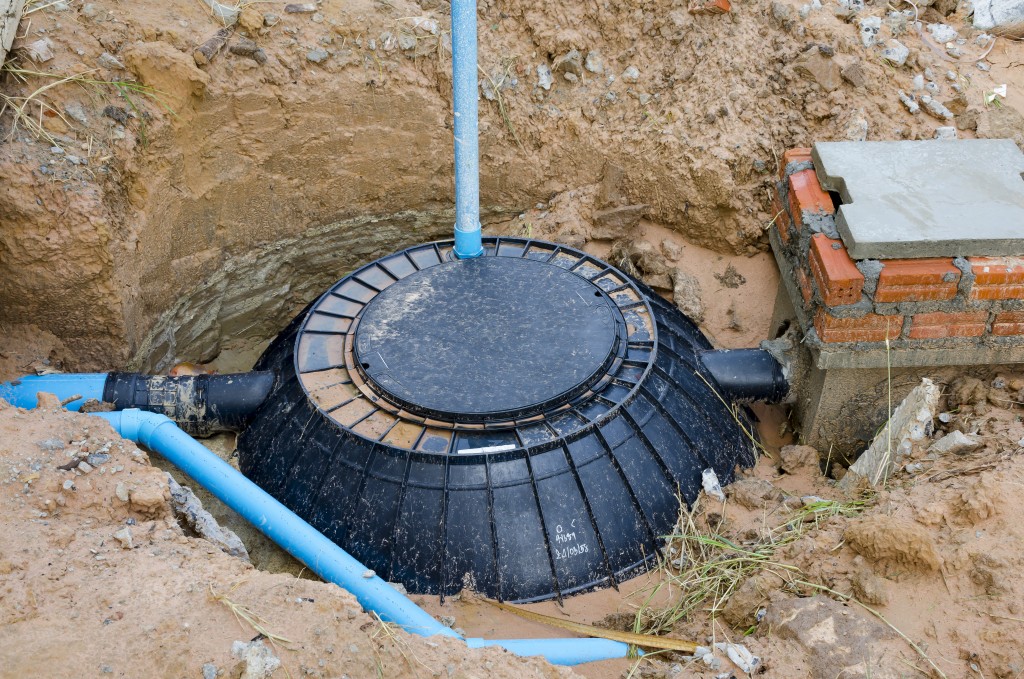Most on-lot sewage systems will have septic tanks. The maintenance of these tanks boils down to four primary elements. These include frequent tank inspection and pumping, effective water use, proper waste disposal, and drain field maintenance. In most cases, the terms ‘’cleaning’’ and ‘’pumping’’ are used interchangeably when referring to septic tanks. Pumping nonetheless means removing the liquid in a tank and some of the floating solids. Cleaning, on the other hand, denotes the removal of all the compacted sludge and water from the tank’s bottom.
The terms make a difference when contracting industrial pumping services though they might initially seem similar. This is because some companies will only suck out the solids in your tank when you contract them for pumping but remove all liquids and solids for cleaning. In both instances, however, the companies will use a pump inserted through your tank’s central access ports. The often-used pump is a submersible one. Here are the submersible pump options that suffice for septic tank cleaning and pumping.
Turbine Pumps
These are also called deep water well or high head effluent pumps. They are high-pressure pumps designed to handle treated and clear wastewater. To this end, turbine pumps are primarily used in anaerobic wastewater treatment systems. When used for aerobic septic systems, the pumps are relatively standardized.
Effluent and Sump Pumps
These are meant to handle clear wastewater and that with minimal solids. Most effluent pumps have an NPT discharge of 1 ½ though large units have a 2’’ discharge. The pumps can handle small solids with a maximum size of ¾’’. They are often used for pumping discharge from septic tanks and aerobic systems to a secondary treatment system, surface distribution point, or drain field. Effluent and sump pumps have horsepower ratings of 1/3-2HP. High ratings ordinarily mean that the pump handles high water volumes and has high head pressure.
Sewage Ejector Pumps

These are meant to handle raw sewage, often from a lift/pump station in your basement or outside your property. The wastewater is passed to an aerobic septic system or septic tank. Sewage ejector pumps have a discharge of 2-12’’ and handle solids with maximum sizes of 12’’. They are ideal for low pressure pumping tasks.
Sewage Grinder Pumps
These handle raw sewage like ejector pumps but are more powerful compared to the latter. They can be used to grind sewage into a slurry before pumping it to its endpoint at very high pressures. Sewage grinder pumps are mainly used to pump wastewater from residences into shared sewer mains and over long distances and high elevations. The pumps are only used for applications where a 30-feet minimum head pressure will be used.
Even with the right pump for your septic tank cleaning from the above, other elements will determine the efficacy of the task. If your pump is cleaned every three to five years, for instance, the solids in it will be easy to remove. Infrequent cleaning causes the sludge to become too heavy. This necessitates the addition of extra water to break the sludge down, which might increase the cost of tank cleaning.

